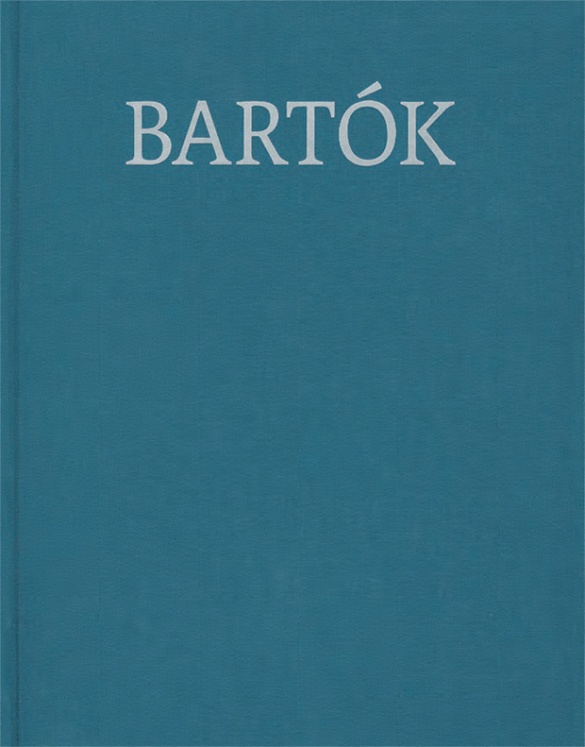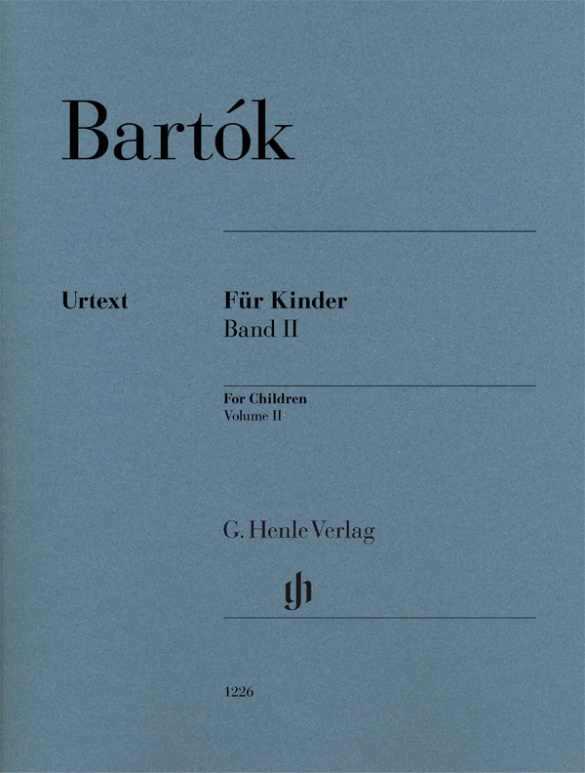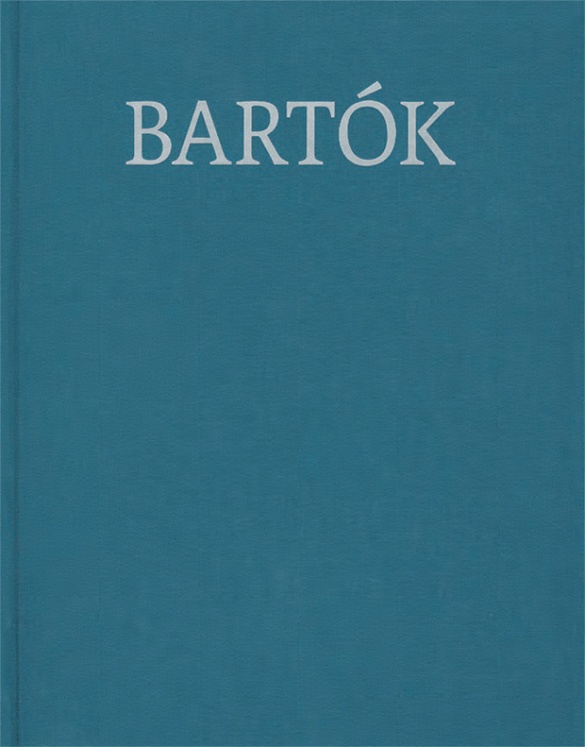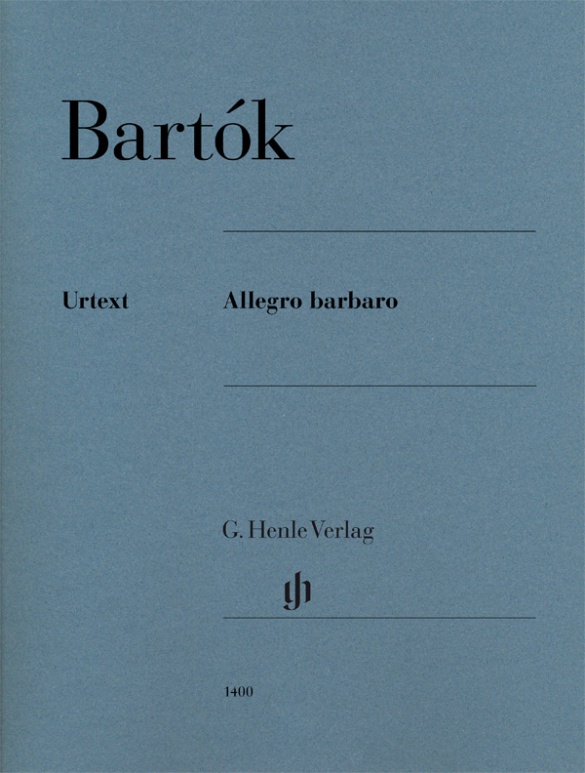

Béla Bartók
Allegro barbaro
Composed in 1910/11, Bartók’s Allegro barbaro is one of his best-known and most popular works for piano. The composer himself enjoyed performing it in concerts, and recorded it several times. The recording from 1929, which he referred to as the “authentic recording”, contains very interesting divergences from the printed version as far as articulation, tempo and even the number of ostinato measures are concerned. For the first time, these have been included in the musical text of our Urtext edition, and also annotated. With this first Bartók Urtext edition, László Somfai gives an insight into the many and varied musical impulses awaiting us in the Béla Bartók Complete Critical Edition, which will be jointly published by Editio Musica Budapest and G. Henle Publishers from 2016.
Content/Details
About the Composer
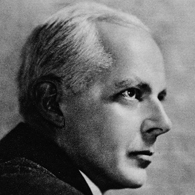
Béla Bartók
This composer, who numbers among the most important musical figures in the first half of the twentieth century, is known principally for his research into Hungarian folk music, the elements of which he incorporated into his style. His broad oeuvre includes numerous works for orchestra, piano, and chamber ensembles, as well as choral music; songs with piano accompaniment; and an opera.
| 1881 | Born in Nagyszentmiklós on March 25. First piano instruction from his mother. |
| 1893–ca. 1896 | Piano studies with László Erkel in Pressburg (Bratislava). |
| 1899–1903 | Studies piano and composition at the Budapest Academy of Music. Symphonic poem “Kossuth” in 1903. |
| from 1905 | Together with Zóltan Kodály he begins scientific field research into Hungarian folk music and thereby refutes conventional notions. He becomes acquainted with the music of Debussy. |
| 1905–07 | Suite No. 2, Op. 4, for small orchestra. |
| 1907–34 | Professor of piano in Budapest. |
| 1908–09 | “For Children,” 85 transcriptions of folk songs for piano, later only 79. |
| 1915–17 | String Quartet No. 2, Op. 17, with percussive playing techniques. |
| 1917 | Premiere of his ballet “The Wooden Prince.” |
| 1918 | Premiere of “Bluebeard’s Castle,” Op. 11 (composed 1911), partially based on the sounds of French music. |
| 1920 | Improvisations on Hungarian Peasant Songs, Op. 20. |
| 1926 | Performance of the pantomime “The Miraculous Mandarin.” Piano cycle “Out of Doors.” |
| 1926–39 | “Mikrokosmos” for piano (six volumes). |
| from 1934 | Editor of the complete edition of Hungarian folk music. |
| 1936 | Music for Strings, Percussion and Celesta as avant-garde work. |
| 1937–38 | Concerto (No. 2) for violin and orchestra. |
| 1940 | Emigrates to the United States. |
| 1945 | Piano Concerto No. 3; his concerto for viola remains unfinished. Death in New York on September 26. |
Product Safety Informations (GPSR)

G. Henle Verlag
Here you can find the information about the manufacturer of the product.G. Henle Verlag e.K.
Forstenrieder Allee 122
81476 München
Germany
info@henle.de
www.henle.com
Als bijzonderheid heeft Henle in de partituur de verschillen tussen handschrift en Bartoks opname uit 1929 vermeld, zodat de pianist(e) zelf een keuze kan maken. Het is daarmee een bijzonder fraaie modeluitgave geworden.
Pianowereld, 2016recommendations
autogenerated_cross_selling
Further editions of this title


